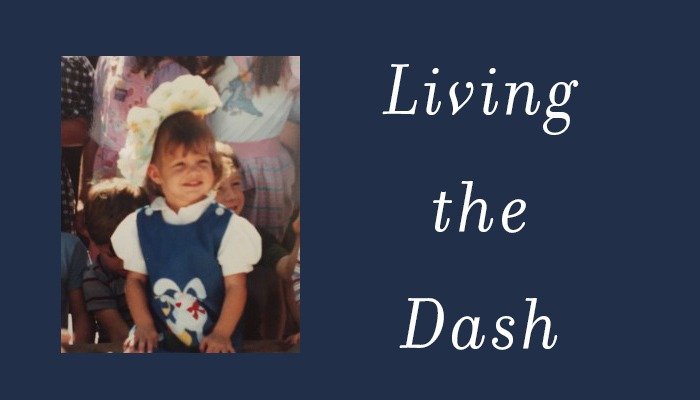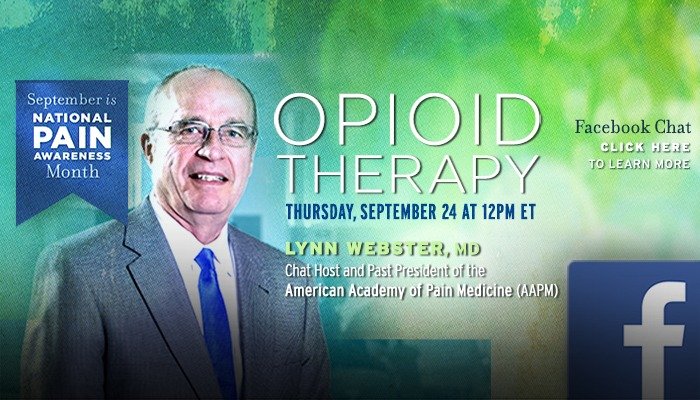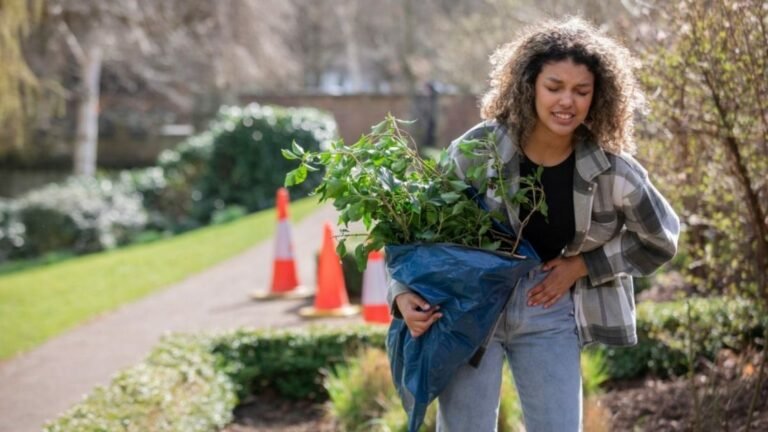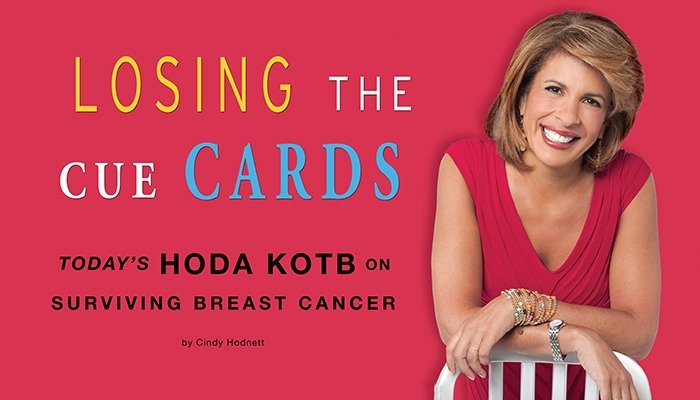Robbie Ventura

International cyclist Robbie Ventura never embraced the words slow down until a devastating crash knocked him off his bike and into the world of chronic pain.
A competitive racer on the dirt, road and track since the age of 7, Ventura amassed over 70 victories during his 12-year professional cycling career. He was a member of the us world team and rode in the track world championships in Hamar, Norway, placing fifth in the elimination.
In what may ring true with people who live with pain and sound raw to others, Ventura shares the honest details and compelling emotions he experienced on his road to recovery.
-by Robbie Ventura
Right before Thanksgiving last year, I took a pretty hard spill on the ice and have been recovering ever since.
I had actually made a decision not to ride outdoors that day after assessing the ground as too icy, but a few riders and coaches convinced me that the conditions were okay. There were about 11of us on the road that day. Against my gut, we headed out. A few minutes later, all but two of us kissed black ice.
Let this be a lesson to everyone: trust your instincts.
In the 40 years that I have been riding a bike, I have fallen more times than I would like to admit. I still find it hard to believe that while on a casual outdoor ride, at just 15 mph and at the experienced age of 43, I took one of the worst falls of my life.
My surgeon said I “decimated” my shoulder. My knee took a hit that ruptured my PCL (posterior cruciate ligament). That fall, those injuries forced me off my bike for the longest period in 40years. I was at the worst fitness level in my life, and in the most chronic pain, I have ever experienced.
Like most active people, I was not going to let a “little” shoulder injury keep me from staying fit and training hard. I figured it wasn’t that bad and I would bounce back like I have with other injuries; the longest an injury had ever kept me away from my bike was two weeks, max! I have had broken collarbones, separated shoulders, broken hands/fingers/knuckles, road rash from head to toe and even a few concussions, but none of these held me up for long, and I returned to my top shape within six weeks of injury.
But 12 weeks after this icy accident, I was still wondering when I would be completely healed up; ready to ride hard and long again.
Here is a look at those 12 weeks… The process started with denial: “I am fine. I should be good to go in a couple of weeks.” Believe it or not, I actually felt this way post-surgery. Copious amounts of pain pills, plus the post-op endorphins, made me feel like I was healed just a few days after. I was really thinking that somehow I was different than everyone else, and I estimated I was about 90percent healed. I took my arm out of the sling, thinking I no longer needed it.
Then week 2 arrived. I took the initiative to reduce the pain medication. The realization that I’d been managing the pain with medication—and not my super-human healing abilities—hit me. Hard. The pain was so bad I couldn’t sleep or move my shoulder at all. The fact that I had been spending way too much time out of the sling, because “life” is easier without the thing, didn’t help at all. I had failed to realize that the pain meds coursing through my body caused me to think I didn’t need the sling. Still, I maintained my “I am fine” attitude.
REALRIDES
Robbie Ventura developed REALRIDES®, a progressive training video series, that delivers real, measurable results by adding intensity and duration over an 8-week period. Whatever your goal, you will get fitter, be faster and be able to go longer after completing our programs. Learn more at www.realrides.tv/.
Week 3: I decided to revisit the pain-management plan the doctors had offered me so I could sleep and survive the constant pain. Thoughts of getting back on the bike started to surface. But after going to physical therapy, I realized that those first two weeks without the sling had set me basically back to the beginning from putting too much stress on the “unslung” joint. At this point I became angry at myself because I thought I healed like Wolverine, but really I was just an idiot. I vowed to never take that damn sling off!
Weeks 4-6: PT started off with Andrea from Illinois Bone & Joint Institute Rehabilitation (IBJI). She was not only my physical therapist, but also my voice of reason when it came to getting back on the bike. I got the green light to start some indoor cycling, but only while putting very little weight on my left side. I used an adjustable bike with the front end way up, allowing me to put more weight on my butt and less on my hands. I started riding indoors a couple times each week. It was not enjoyable. I could not ride hard and always felt sore after, sleeping terribly.
Weeks 7-8: These were the toughest weeks for me. Up to this point I didn’t feel like I was getting any better. Still in the sling, I had no range of motion, stability or strength in the shoulder. My mood started to go south for the first time. Until now I had been distracted with so many things: VQ was busier than ever, then came Thanksgiving, Christmas, New Year’s and the kids home on break. But once the holidays ended, my fitness plummeted, my weight skyrocketed and my mind was going a bit dark. This darkness is not a place I visit very often.
My lack of progress started to scare me. I realized that saying I was fine and focusing on doing everything that would make me fine were two different things. I needed to acknowledge where I actually was and then put a plan together to get myself through it. Every time I started to think negative thoughts, I would instead focus on the controllable things that could help me improve, rather than the potential downsides. I would do more PT exercises, try to get better sleep, make better choices with my food and drink more water.
Even if some of these individual actions are not tied directly to healing and recovery, I believe they are tied to mindset—and that is a critical part of healing. This shift helped me endure some tough moments. Then I had a breakthrough. The pain started to subside. I got the green light to take off my sling. I really started to feel much better. It seemed as though I improved 10percent during the first seven weeks and in just the next week I improved 50 percent more. So, now at 60 percent, I felt it was time to try getting on the bike at the VQ Florida Camp and take it outside!
Weeks 8-10: I got out on the road a little in Florida, but inside I knew I wasn’t really ready. I figured I could improve my fitness maybe 1 percent by riding a bunch and risk an accident or more delayed healing—or I could be sensible and wait another couple weeks before riding outside again. As we often say at VQ: I realized the juice just wasn’t worth the squeeze.
Weeks 10-12: Feeling much better! And, after reflecting on this process, I can tell you that the challenge of balancing a positive attitude while also being honest and realistic is harder than I thought. I needed to realize the process is hard to manage both from the healing and pain perspectives. Being positive is good, but acknowledging that you really are hurt is also important. I don’t think I acknowledged that at first. I tried to be so positive that I ignored the fact that I was really messed up and recovery would take time, sacrifice and pain. I get that now!
I want everyone to understand that coming back from an injury is hard. If you find yourself here, remember: it is a process. I don’t care how strong or special you think you are, we all heal at a similar rate. If you think that you can shortcut that process by staying positive, you are dead wrong. Yes, you need that positive attitude—but in combination with a realistic understanding of where you are and what you need to do to get back on your feet. The attitude will take you through the plan, but it is not the plan by itself. {PP}
PainPathways Magazine
PainPathways is the first, only and ultimate pain magazine. First published in spring 2008, PainPathways is the culmination of the vision of Richard L. Rauck, MD, to provide a shared resource for people living with and caring for others in pain. This quarterly resource not only provides in-depth information on current treatments, therapies and research studies but also connects people who live with pain, both personally and professionally.
View All By PainPathways







